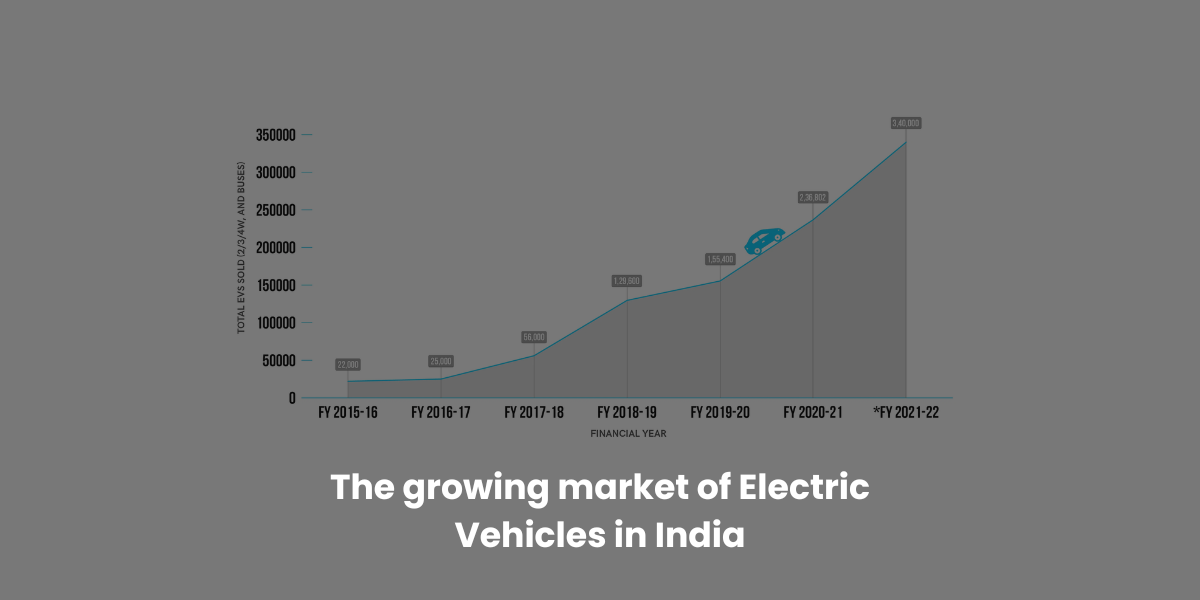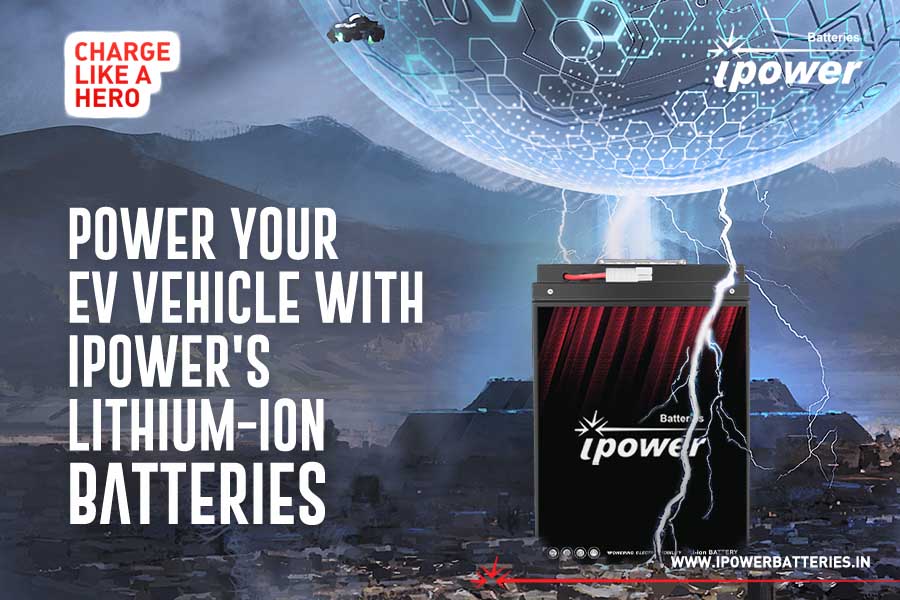Performance Characteristics and Applications of Solid-State Batteries
Solid-state batteries have different performance characteristics depending on the type of solid electrolyte used. Some of the key parameters that affect the performance of solid-state batteries are:
Ionic conductivity: This is the measure of how well the solid electrolyte can conduct ions. Higher ionic conductivity means lower internal resistance and higher power output.
Electrochemical stability: This is the measure of how stable the solid electrolyte is against chemical reactions with the electrodes. Higher electrochemical stability means a longer lifespan and higher safety.
Mechanical properties: This is the measure of how strong and flexible the solid electrolyte is against physical stress. Higher mechanical properties mean better durability and adaptability.
Solid-state batteries have various applications in different sectors such as consumer electronics, electric vehicles, renewable energy integration, grid stabilization, aerospace, defense, medical devices, and more. Some examples of devices and vehicles that can use solid-state batteries are:
- Electric cars, bikes, scooters, and buses that can have higher range and performance and lower weight and cost.
- Solar panels, wind turbines, and hydroelectric plants that can store excess energy and supply it when needed.
- Smart grids, microgrids, and distributed energy systems that can balance the demand and supply of electricity and improve the reliability and efficiency of the power system.
- Drones, satellites, rockets, and planes that can have higher power density and safety and lower maintenance requirements.
- Pacemakers, insulin pumps, hearing aids, and prosthetics that can have longer operation times and smaller sizes.
The Current Challenges and Future Prospects of Solid-State Battery Technology
Solid-state battery technology is still in its early stages of development and faces many challenges and limitations. Some of the current challenges are:
Scalability Issues: Scaling up the production of solid-state batteries from the laboratory to the industrial level is difficult and costly. It requires advanced equipment, materials, and processes that are not widely available or standardized.
Cost factors: The cost of solid-state batteries is still high compared to conventional batteries. It depends on the type and quality of the solid electrolyte used, the fabrication method employed, and the market demand and supply.
Market potential: The market potential of solid-state batteries is still uncertain and depends on consumer preferences, regulatory policies, and the competitive landscape. It also depends on the availability and affordability of alternative battery technologies such as lithium-sulfur, lithium-air, or sodium ion.
However, solid-state battery technology also has many prospects and opportunities. Some of the prospects are:
Research trends: There is a lot of ongoing research and innovation in solid-state battery technology. Researchers are exploring new types of solid electrolytes, new fabrication methods, new performance parameters, and new applications. They are also collaborating with industry partners to accelerate the development and commercialization of solid-state batteries.
Policy support: There is a lot of policy support for solid-state battery technology from various governments and organizations. They are providing funding, incentives, regulations, and standards to promote the research, development, deployment, and adoption of solid-state batteries. They are also encouraging collaboration and cooperation among different stakeholders in the solid-state battery value chain.





